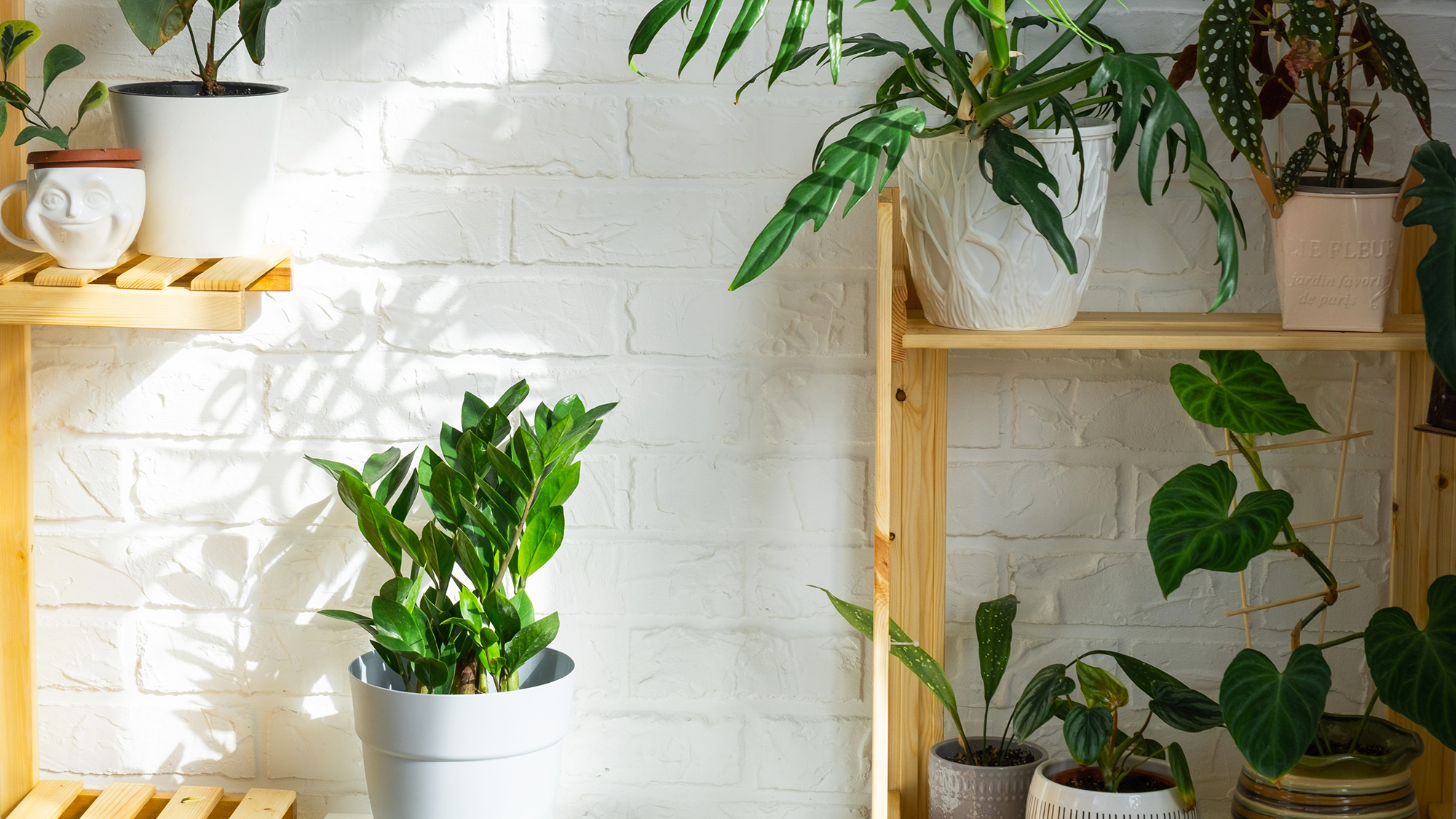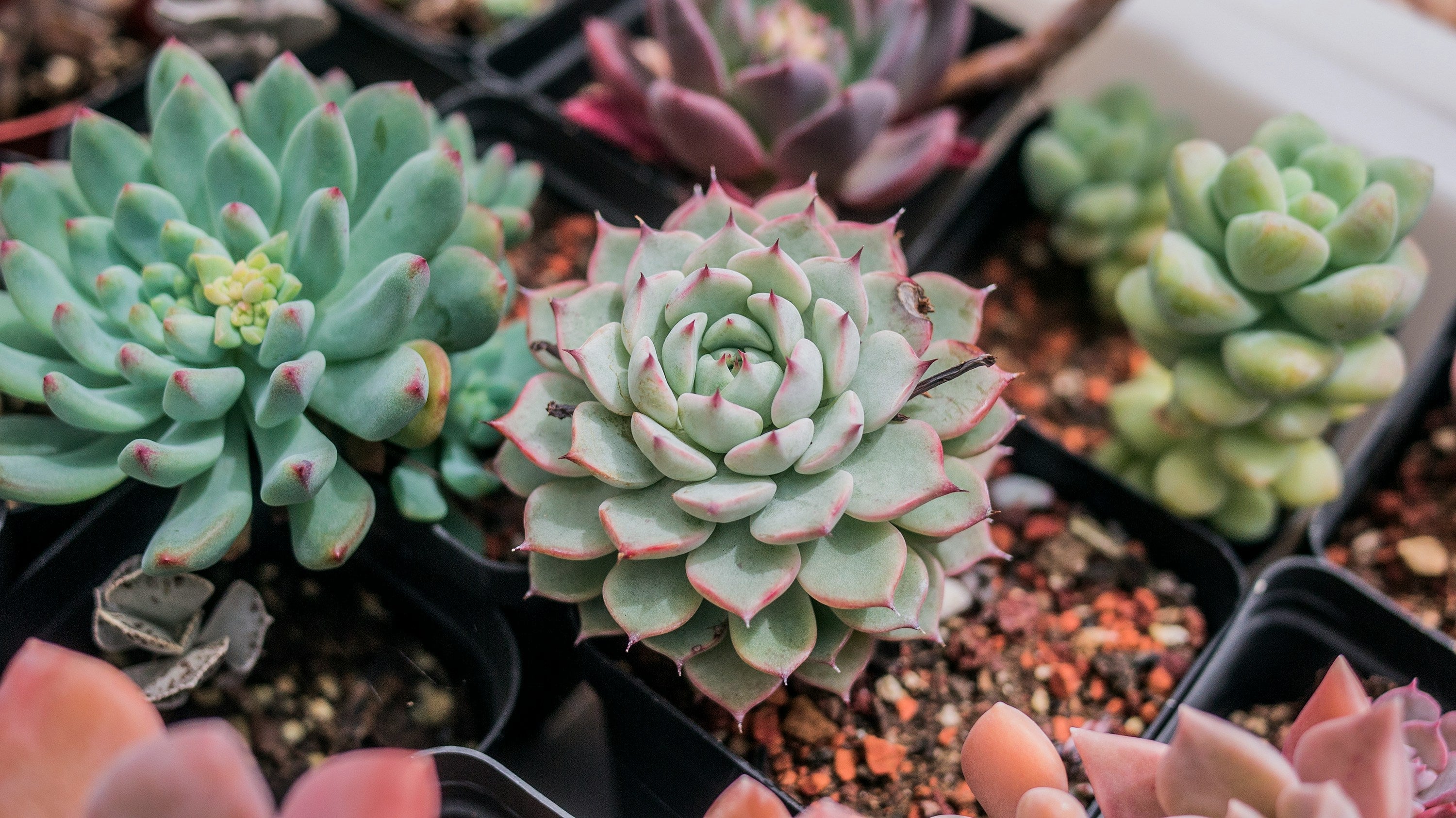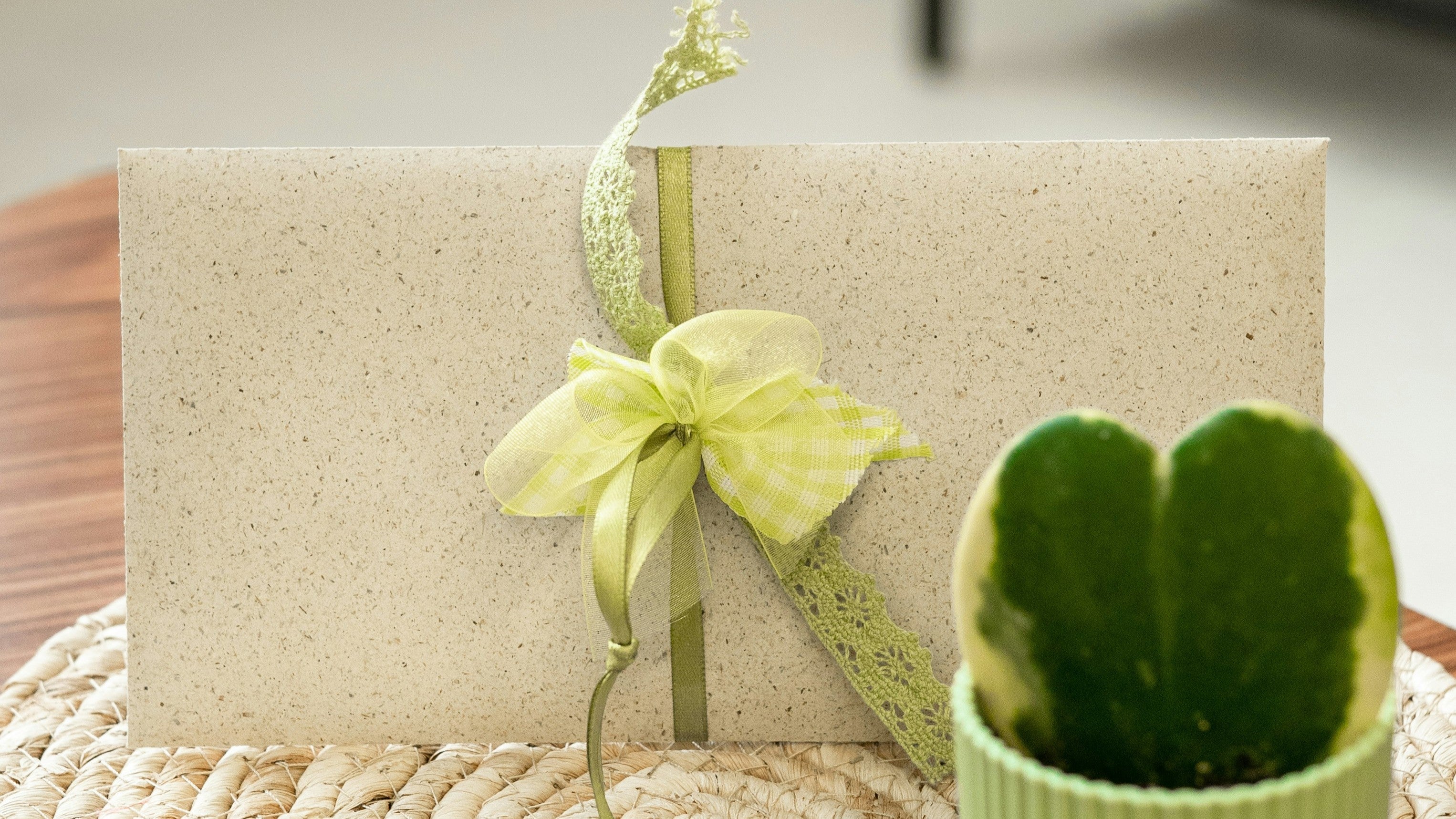
Beginner’s Quick Guide: How to Choose the Right Soil for Indoor and Foliage Plants

For beginners starting to grow plants, understanding the importance of soil is fundamental to healthy plant growth. While foliage plants and indoor plants are often considered the same, their soil requirements differ slightly. This guide will explain the care characteristics of these two plant types, suitable soil properties, common soil media, and when to change soil to help you create the perfect growing environment for your plants.
Care Characteristics of Foliage Plants and Indoor Plants
Foliage Plants
- Growth Needs: Primarily grown for their leaves, requiring higher light and humidity levels.
- Preferred Environment: Thrives in bright, indirect light; avoid direct sunlight. Prefers slightly moist but well-draining soil.
- Features: Keeping leaves clean promotes photosynthesis. Regularly check root health, as foliage plants prefer stable humidity and good airflow to prevent water accumulation and diseases.
Indoor Plants
- Growth Needs: Most indoor plants are shade-tolerant species, such as Monstera and Rubber Trees, adapting to lower light conditions.
- Preferred Environment: Requires good ventilation and drainage, avoiding excessive humidity.
- Features: Watering frequency is lower than for plants in well-ventilated environments. Using well-draining soil prevents root rot.
Suitable Soil Properties for Foliage and Indoor Plants
Foliage Plant Soil Properties
- Good Drainage: Prevents water accumulation that can lead to root rot.
- Moderate Moisture Retention: Maintains adequate moisture for healthy leaf development.
- Rich in Organic Matter: Supplies nutrients for vibrant green leaves.
Indoor Plant Soil Properties
- Lightweight and Airy: Ensures airflow within the soil, reducing disease risks.
- Anti-Clumping: Prevents soil from becoming overly compact, ensuring proper root absorption.
Common Soil Media for Indoor and Foliage Plants

Peat Moss
- Properties: Excellent moisture retention, rich in organic matter, ideal as a base for potting soil.
- Usage: Can be used alone or mixed with other media, suitable for most foliage plants.
- Selection Tips: Choose loose, sterile peat moss to prevent pest infestations.

Pine Bark
- Properties: Naturally slightly acidic with antibacterial effects, improves soil aeration and drainage.
- Usage: Commonly used for orchids and ferns, or mixed into potting soil to enhance drainage.
- Selection Tips: Choose sustainably sourced or certified pine bark for quality assurance.

Coconut Husk (Ideal for Airy Environments)
- Properties: High water retention while improving soil structure and aeration.
- Usage: Suitable for foliage plants or moisture-sensitive plants like ferns.
- Selection Tips: Ensure low salt content by choosing professionally desalinated coconut husk.

Akadama Soil
- Properties: Stabilizes soil structure and provides strong root support. Changes color when moist, making watering easier.
- Usage: Commonly used as a base soil or top dressing, ideal for plants requiring good drainage and aeration.
- Selection Tips: Choose uniform, fine-textured, impurity-free, and non-collapsing akadama soil.
Refreshing Potted Plants: When and How to Change Soil
Unlike plants growing in nature, potted plants have limited soil nutrients. Besides regularly adding plant nutrition liquid, another important method is changing the soil. If you notice the following conditions in foliage or indoor plants, consider repotting during the growing season to ensure healthy plant growth.
- Foliage Plants: Change soil every 1–2 years or when roots become root-bound or soil hardens.
- Indoor Plants: Change soil every 2–3 years or when drainage becomes poor or soil develops an odor.

Conclusion: Choosing the Right Soil and Regularly Changing It for Healthy Plants
Foliage and indoor plants have different needs, and selecting the right soil and media ensures their healthy growth. Understanding their characteristics and choosing proper drainage and aeration materials not only increases survival rates but also enhances your living space with natural vitality.


Leave a comment
This site is protected by hCaptcha and the hCaptcha Privacy Policy and Terms of Service apply.